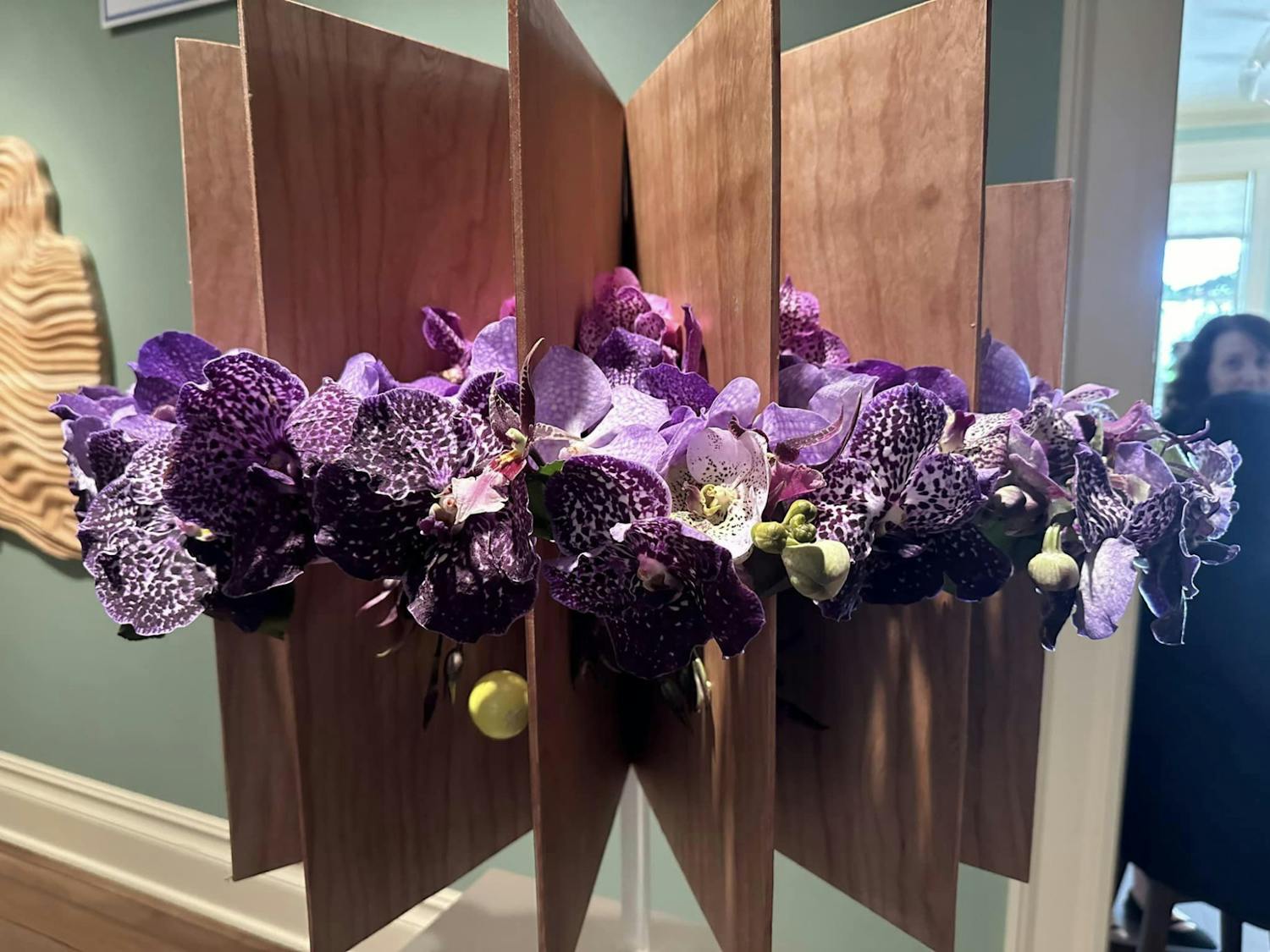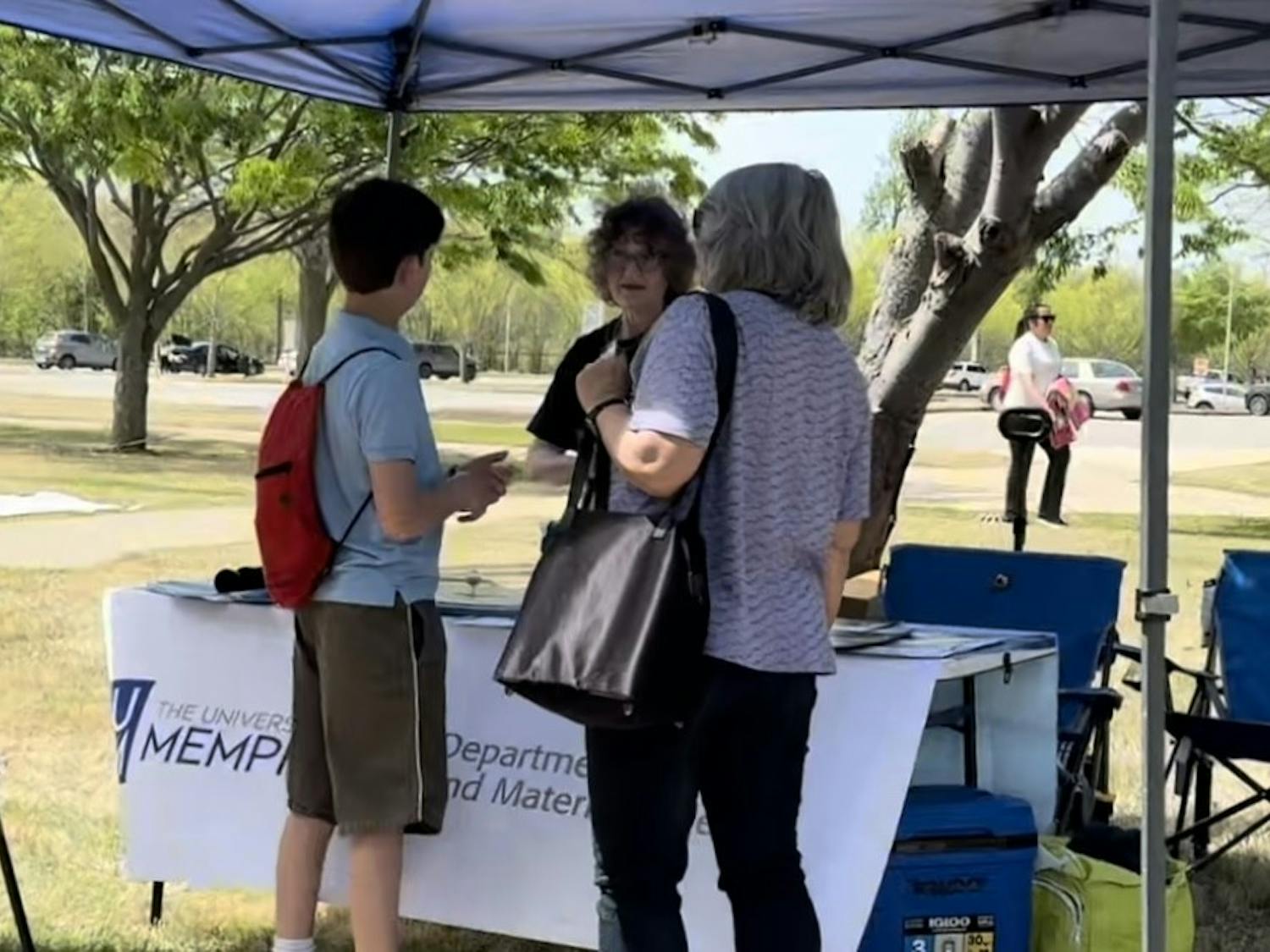Amid an uncertain start to the semester, the University of Memphis has found a golden egg of data to continue pushing forward.
While the national trend is for colleges and universities to post lower enrollment figures during the economic downturn and health crisis, UofM enrollment is up 1.7 % year-over-year with a total headcount enrollment of 22,385 students and total credit hours up .9 %.
This news comes in spite of a global pandemic and a shrinking population of high school graduates who are looking for a higher education. Dr. Thomas Nenon, the provost at the UofM, said this enrollment increase is reassuring given the uncertainties of our current reality.
“(The increase) shows that students appreciate the value of the UofM,” he said. “(It shows) that we have excellent academics and that we have a very dedicated staff who support our student success. It shows that students get a quality education for a quality price.”
The price of a UofM education was helped this year by the Board of Trustees supporting creation of a Covid-19 scholarship and loan program, which has allowed over 1,000 students to continue at the UofM when they might not have been able to do so with the additional support.
A year ago, the University brought in its largest freshman class ever, which was followed by the largest graduation class in UofM history. Last spring the university awarded 2,592 degrees and certificates.
“We are bringing in about 2,500 new freshmen,” Dr. Nenon said. “Also, our number of continuing students is up by 700 students.”
The University has, in fact, planned and predicted these increases through a number of intervention programs, as well as studying data from previous years.
“This is no mistake, and we are not surprised, but very much pleased,” said Dr. Karen Weddle-West, UofM vice president of academic success. “We have a whole system of predictive analytics, which is how we study data to predict results that we are going to get. It is based on historical data and interventions that we have in place.”
According to Dr. Weddle-West, these programs were established in 2014 when President M. David Rudd set a goal to increase student retention and graduation rates, while also increasing the quality of students who enroll at the UofM. These goals coincide with the University’s goal of becoming a Carnegie R1 Research Institution, creating an intersectionality between student and university success.
An obstacle that was encountered along the way was gaps in retention rates. Students who receive a Pell Grant, a form of federal aid to assist students in paying for college, have been found to have lower retention rates than students who do not receive one. One demographic in particular, African American men, have become a focal point for a UofM initiative.
“African American males tend to have the lowest graduation rates across the country,” Dr. Weddle-West said. “Not because they are academically inadequate, but because they tend to be the first ones to leave and work full time. So, we started the African American Male Academy here, where we support our students in a deliberate way. We surround them with resources and mentors to ensure that they will not fall through the cracks at the highest level.”
This initiative has trickled down to some of the earliest developmental stages as well. The group has now partnered with Shelby County Schools to help prepare students for college enrollment, starting as early as eighth grade.
The UofM has also seen an increase in support from donors, which helps to expand academic scholarship opportunities to retain more students until they are ready to graduate. This, along with state funding based on graduation rates, has helped to maintain the low tuition increases of which the university boasts.
“Donors have given us more money than ever for academic scholarships, more money than they have given for athletes, if you can believe it,” Dr. Weddle-West said. “Our academic scholarship has grown to be about twice the money than we have for athletic scholarship.”
The experience provided to students has been a major marketing point of the University, according to Dr. Nenon, who emphasized the diversity of the UofM.
“The UofM is probably the most diverse university in almost every way, besides geographically,” he said. “We know that diversity enriches the educational experience, and with most students not being able to study abroad, if you want to meet people from other countries and other backgrounds, it helps to do it here.”
With an almost 11 percent increase in graduation rates since 2014, the University has produced a higher graduation rate than every public university in Tennessee with the exception of the University of Tennessee Knoxville. The UofM has proven its merit as a top tier university in the state, attracting more students to not only enroll, but also to graduate. But these improvements are only the beginning, according to Dr. Weddle-West.
“We are using many different practices to serve the diverse population,” she said. “It requires all hands on deck and the entire University community realizing that if we do not focus on student success, that we are falling short of our goal.”



